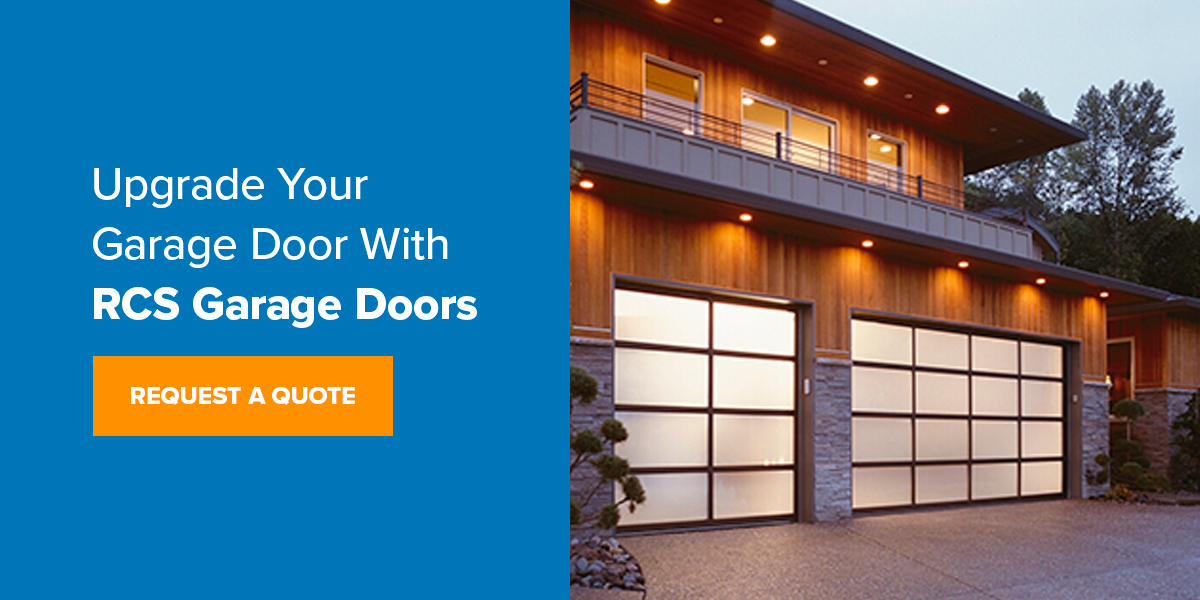Painting a Garage Door in 6 Simple Steps
Taking up nearly 1/3 of the front-facing exterior of the average home, your garage door’s appearance significantly impacts your home’s curb appeal. A new coat of paint not only helps protect it from the elements but can refresh the look of your entire house.
Should You Paint Your Garage Door?
Some common reasons for painting a garage door include:
- The door’s existing color is faded, chipped, stained or otherwise deteriorating.
- You’ve recently painted your house and want the garage door to complement or contrast the new hue.
- Your property could use some sprucing up, but you want to avoid repainting the whole house.
- You want to match the latest design trend or fit in with your neighborhood’s overall style.
The good news is that you can paint a garage door without too much work involved — but there are a few caveats to consider:
- Not every door is eligible for painting: Some doors consist of materials that don’t pair well with paint, particularly metal. Most steel doors aren’t painted but come from the manufacturer with a durable enamel-like coating you can’t replicate at home. Some vinyl and wood doors could also pose a problem. For example, if a wooden garage door actually has a wood stain and is not painted, adding paint could have less-than-desirable results.
- One wrong step could ruin your door: Choosing the wrong paint — such as one that’s incompatible with your door’s material or isn’t high-quality enough to withstand the elements — or painting in the wrong place could permanently damage your door or render the paint job beyond repair.
- You might void a warranty: In most cases, painting or otherwise altering your garage door could void the manufacturer’s warranty.
- Your door will require more maintenance: Garage doors come from the manufacturer with the best coating, paint and finish for their specific material makeup and application. While paint can freshen up its appearance, it will no longer be the same low-maintenance door you love since residential paint requires frequent upkeep and reapplication.
Consider if painting or replacing the garage door is a better option. Painting offers a quick, easy fix for outdated colors, but professional repair is a better fit if your door has significant cosmetic damage you’re trying to cover up.
How to Paint a Garage Door
Here are the six simple steps to giving your garage door a fresh new finish:
1. Check the Weather
You’ll need three days of mild weather between 50°F – 75°F with low humidity. When choosing your painting time, plan to work when the door isn’t being exposed to direct sunlight, which can cause paint to dry unevenly or cure prematurely.
2. Choose Your Paint
The most important purchase for this project is the paint and primer. Select your coatings based on:
- Your door’s material: Your door’s material — called its substrate — will likely be aluminum, steel, wood or vinyl.
- The type of paint: Avoid oil-based formulas — a high-quality acrylic latex exterior paint is usually a good choice. Perform a small pre-test in a small, hidden part of the door by letting it dry and checking for any bubbling, chipping or markings. Check how easily the paint comes off with tape, scuffing and similar aspects. Always ensure the paint you choose is rated for outdoor use and can withstand sunlight, moisture and temperature fluctuations.
- Your desired finish: Popular garage door finishes include flat, satin and glossy.
- The paint’s light reflective value: The light reflective value (LRV) is a numbered rating that refers to the paint’s overall darkness or lightness. Some garage doors require specific LRV ratings — contact the door’s manufacturer or your owner’s guide for more information.
Choose a primer that’s compatible with your paint and door type, preferably one with good bonding qualities. One gallon of paint and primer is usually enough to cover a two-car garage door with some left over for touchups. If you are painting a larger surface or putting a light color over a dark color, you may need more. Ask for help at your local paint store if you’re not sure what you need.
3. Gather the Materials
Never use a bristled paintbrush on your garage door. Instead, opt for a spray-on paint or a small roller that works with the door’s grooves and lines.
Other tools and supplies you need include:
- A sponge
- A garden hose
- A biodegradable all-purpose cleaner
- A wire brush and sandpaper
- Clean towels or rags
- Painter’s tape
- A drop cloth
- A sturdy step stool or ladder
4. Clean the Surface
Use a biodegradable all-purpose cleaner to remove all dirt and dust thoroughly, then rinse the residue from the door with your hose. Do not sand your garage door. If there are rust spots, you may need to remove them with a wire brush and sandpaper.
5. Prepare the Door and Work Area
Don’t forget to park your cars outside the garage, and remove anything you know you’ll need that day before getting started.
After the door is completely dry, carefully tape off handles, hinges, windows, edges, etc. with painter’s tape. Place one drop cloth on your driveway to protect it from drips and one inside your garage to protect the floor. If you’re painting the trim and frame a different color, tape it off and paint that last.
6. Prime and Paint the Door
It’s easiest to work on the door from the bottom up. To do this, disengage the electronic opening mechanism so you can move the door manually, then raise the bottom to a comfortable height so you don’t have to kneel or stoop. As you work, carefully lower the door in sections so you are always painting at a comfortable height.
To prime the door, work from the inside of any inset panels to the outside of each section using a small roller on the panels and slanted insets, then a bigger roller on large, flat surfaces. Carefully wipe away excess as you go. Let the primer dry for at least 12 hours before applying the paint.
Paint from the bottom up again, using the same method that you used for the primer. Let your garage door dry for at least 12 hours before painting the frame and trim. Remove all tape once the door is completely dry and has cured.
Upgrade Your Garage Door With RCS Garage Doors
Looking for a completely new look — or maybe a totally new garage door? Contact RCS Garage Doors to learn more about the styles we offer!


